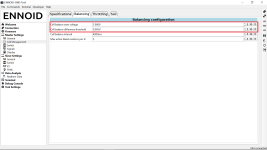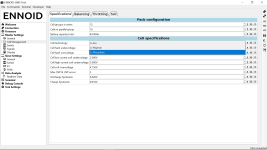That would be great,
I'm struggeling with the MCU.sch. I cannot get the STM32F303 symbol to load. And if i try to replace it, it will not connect to correct pins.
Is there a file missing or a library missing for this?
I'm struggeling with the MCU.sch. I cannot get the STM32F303 symbol to load. And if i try to replace it, it will not connect to correct pins.
Is there a file missing or a library missing for this?
Code:
Symbol “STM32F303CCTx-MCU_ST_STM32” not found in library “BMS-Master-rescue”


